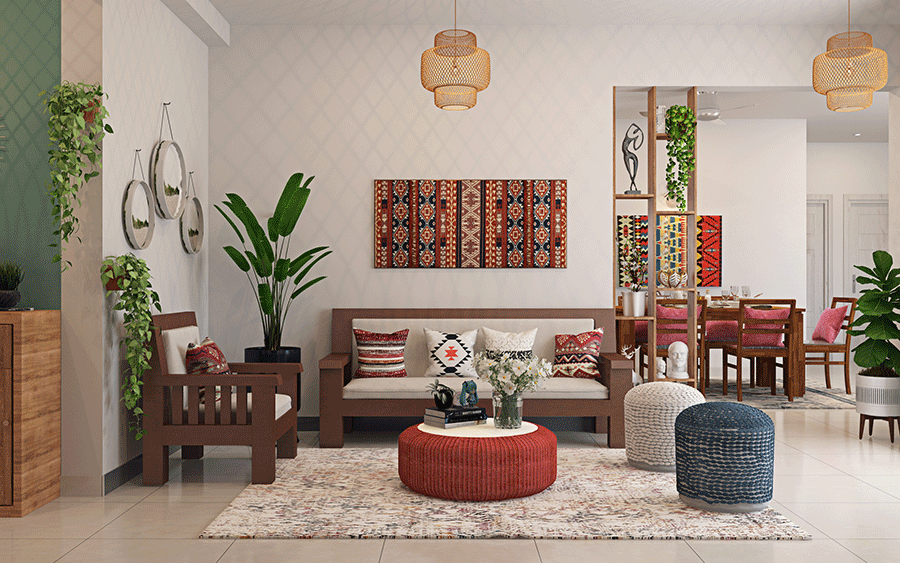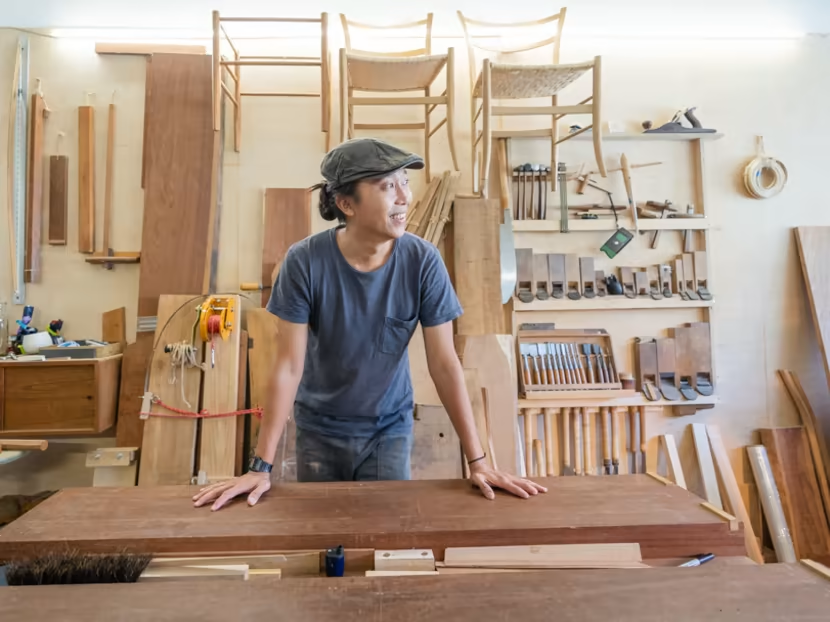Eco-Friendly Furniture: Style That’s Good for the Planet

As sustainability becomes a global priority, more people are turning to eco-friendly furniture to create homes that are both beautiful and responsible. In Japan, where harmony with nature is a core cultural value, environmentally conscious design fits perfectly into the minimalist and mindful lifestyle many people embrace today. Choosing sustainable furniture isn’t just a trend — it’s a movement toward preserving the planet while maintaining style and comfort.
Why Choose Eco-Friendly Furniture?
Eco-friendly furniture focuses on materials, production methods, and longevity. It’s made to minimize environmental impact — from responsibly sourced wood to recycled metals and low-emission finishes. This approach reflects the Japanese principle of mottainai (もったいない), which expresses regret over waste and encourages reuse and respect for resources.
By choosing eco-friendly furniture, you’re not only reducing waste but also investing in long-lasting quality. Sustainable design values durability, meaning your furniture can be enjoyed for decades rather than replaced every few years.
“In Japanese culture, beauty lies in what endures — not what’s thrown away.”
1. Reclaimed Wood: A Story in Every Grain
Reclaimed or recycled wood is one of the most popular eco-friendly materials. It gives new life to old timber from barns, boats, or traditional Japanese homes, turning history into modern elegance. The weathered textures and unique patterns add warmth and authenticity to any space.
To understand more about the strength and character of wood as a material, check out Wood vs. Metal Furniture: Which One Is Better for Your Home?. Pairing reclaimed wood with minimalist interiors creates a cozy, organic atmosphere while staying true to sustainability.

2. Bamboo: Japan’s Green Treasure
Bamboo is often called the “green steel” of nature — it’s incredibly strong, fast-growing, and renewable. Japanese craftsmen have used bamboo for centuries in furniture, flooring, and décor. Modern designers continue this tradition with eco-conscious updates, crafting lightweight yet durable chairs, shelves, and tables.
Bamboo’s neutral tones fit seamlessly into minimalist homes and work beautifully alongside other natural materials. Its flexibility and strength make it an excellent alternative to traditional hardwoods, offering sustainability without compromising quality.
3. Recycled Metal and Fabric Innovations
Eco-friendly design isn’t limited to wood. Many modern furniture makers now use recycled metals and upcycled fabrics to create stylish, durable pieces. Aluminum and steel can be melted and reused countless times, while fabrics from discarded textiles reduce landfill waste.
If you’re designing a compact home, recycled metal frames can help achieve the clean, space-saving aesthetic discussed in 5 Smart Furniture Ideas for Small Apartments. Combining these materials with soft, organic textiles creates a perfect balance of strength and comfort.
4. Low-VOC Finishes and Non-Toxic Materials
Many conventional paints, glues, and finishes release harmful chemicals known as VOCs (Volatile Organic Compounds). These can affect indoor air quality and health. Eco-friendly furniture uses low-VOC or natural finishes like linseed oil, beeswax, or water-based stains — keeping your home clean and safe.
This aligns with Japan’s focus on ikigai — finding joy in simple, healthy living. Choosing non-toxic materials supports not only the environment but also your personal well-being.
5. Furniture That Lasts: The True Essence of Sustainability
Sustainability is not just about the materials — it’s also about longevity. High-quality craftsmanship ensures that furniture endures daily use without losing its charm. Instead of mass-produced, disposable pieces, consider investing in furniture that tells a story and can be repaired or refinished.
Handcrafted items or DIY projects are great ways to add character and reduce waste. Take a look at Creative DIY Furniture Hacks to explore fun, sustainable ways to personalize your furniture at home.
“Sustainability begins with intention — every mindful choice adds up to a greener tomorrow.”
Designing a Sustainable Home in Japan
Japanese homes often blend simplicity and nature — a perfect match for eco-friendly design. Use natural light, neutral colors, and furniture made from renewable materials to create a balanced, calming atmosphere. Incorporate indoor plants, soft textiles, and low-energy lighting to enhance both comfort and sustainability.
If you’re furnishing a smaller space, try modular or foldable designs as featured in 5 Smart Furniture Ideas for Small Apartments. These not only save space but also reduce material use — a win for both style and the planet.
Final Thoughts
Eco-friendly furniture is more than a design choice — it’s a lifestyle decision. By choosing sustainable materials, supporting ethical brands, and prioritizing durability, you create a home that reflects respect for nature and modern elegance. Japan’s timeless approach to balance and mindfulness provides the perfect foundation for this movement.
To complete your sustainable home, explore how minimalist furniture complements eco-friendly living, and discover more ideas in How to Choose the Perfect Sofa for Your Living Room for a harmonious design that feels good inside and out.